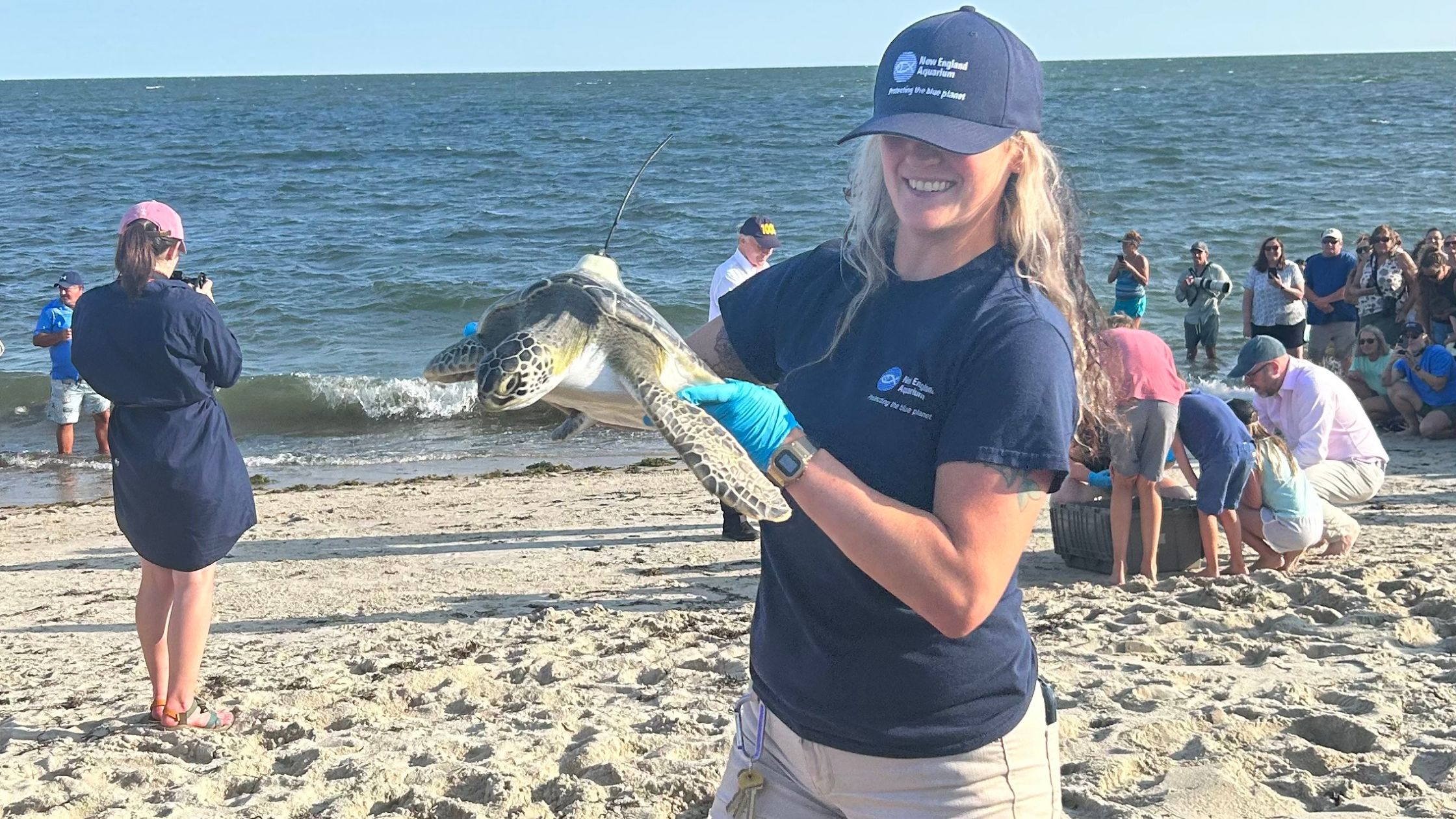The weather’s warming up, which means that there are more on-site events such as fundraisers, graduations, and outdoor press announcements happening in New England! This past month, we’ve had the opportunity to showcase everything from new Mainers learning how to install solar panels to inviting media for a tour of New Hampshire’s first home for LGBTQ+ youth. On-site events can serve as powerful opportunities to connect with media, get an organization out in front of the public, and tell the larger story of the cause you’re fundraising or advocating for. Onsite media opportunities are so powerful because they give the media a timely hook that can make an organization newsworthy, provide an opportunity for media to connect with real people of varying perspectives, and can show media audiences the overarching work of an organization in real time.
However, much like an event takes careful planning and consideration, so too does coordinating the media side of it. To master on-site events, one must consider the media’s perspective, prep spokespeople in advance, and chaperone reporters well.
Start With Your Audience
If you want to pitch to reporters, create an experience with them top of mind. Reporters are incredibly busy, so you will need to make a compelling case to make the reporters’ time and travel expenses worth their while. Consider what reporters would see, whom they could interview, and the story they could tell.
Questions to consider include:
- VISUAL: Will the images or recordings they capture be unique or a first in the industry? Will they be a feast for the eyes?
- SOUND: Will there be any natural sounds, like birds chirping, saws cutting, or anything else that helps set the scene? This is a good consideration for broadcast and radio reporters.
- PERSPECTIVES: Will reporters be able to procure a variety of perspectives, such as leadership who can provide a high-level view, as well as participants and volunteers who affirm the mission’s importance? Is there a beneficiary who can provide a testimonial for the support they’re receiving?
Be clear with reporters about what they will gain by attending your event, and how the event tells a timely and important story that their readers will care about. It’s also important to state the date and time of the event, and pre-emptively answer logistical questions – such as where to park and what to wear.
Train Your All-Stars
Spokespeople are the most important part of an on-site media story because they are responsible for telling the story. What they say affects how the media will write about the organization and consequently how the public will perceive it. What is said in front of reporters cannot be revoked, so it’s important to not rush this process and ensure you take the time to prepare spokespersons accordingly, so they’re ready once the cameras are rolling.
The first step is to determine the people who will tell the high-level story and provide proof of the organization’s impact. All spokespeople – especially beneficiaries – should know in advance that they will be tapped for media at the event so they can prepare and dress accordingly.
For leadership in particular, they should know the key messages, as well as prepare for potentially tricky questions, which is something Teak helps its clients do. It’s important to interview beneficiaries in advance to help them feel comfortable with the process and help them project the most important aspects they want to share.
Lastly, interviews are a team effort. Each spokesperson should know their own role as well as the roles the other spokespeople will play.
See it Through
Once the media materials have been developed, the spokespeople are prepared, the pitches are out, the media have confirmed their attendance, and the spokespeople know who will be there, the last step is to chaperone the reporters. Media need help identifying who-is-who and where they can and can’t go and/or photograph. At Teak Media, we typically go on-site or work with someone from the organization who can welcome reporters, introduce them to the right people, and ensure they have the materials they need to get their stories done well and on time. This is also a good time to get photos of your spokespeople interacting with media for social media and your website. Finally, on-site events are fun and rewarding experiences if done well. Preparation and thinking like a reporter are foundational to creating a positive media event.


